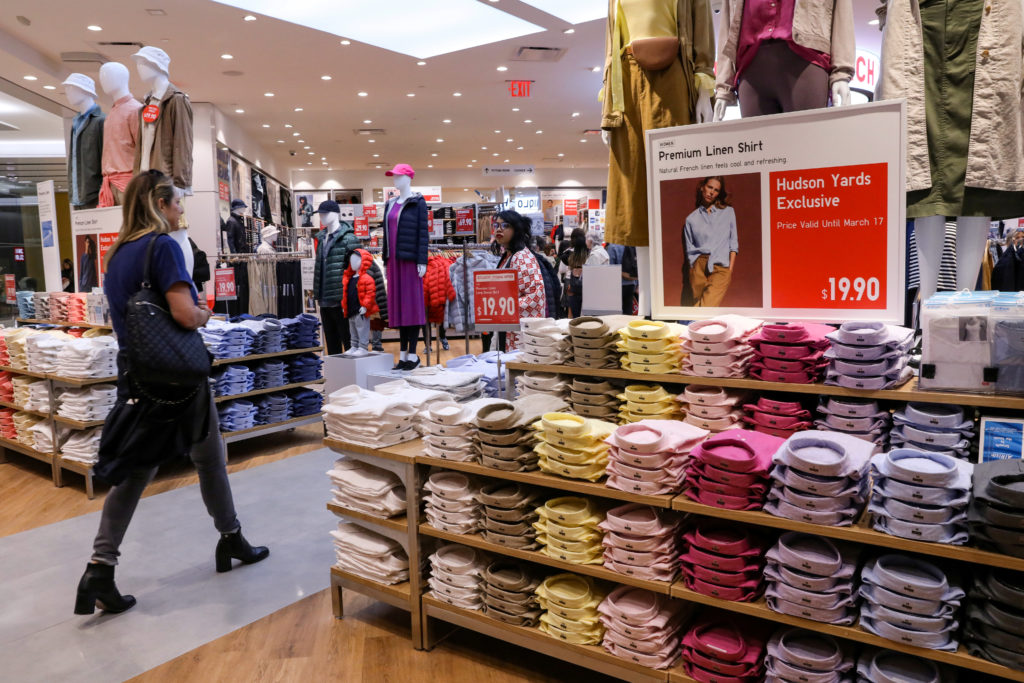
The US economy has shown mixed signals in recent months, impacting consumer buying behavior and the apparel industry. Inflation, fluctuating import prices, and shifting consumer priorities have all contributed to a complex market environment. The Consumer Price Index (CPI) for apparel rose by 3.6 per cent year-over-year in July, following a 3 per cent increase in June, according to Cotton Incorporated's analysis. This increase reflects a broader inflationary trend impacting the US economy, potentially affecting consumer buying behavior.
Consumer spending shifts amid economic uncertainty
Despite persistent inflation, consumer spending remains resilient. However, Cotton Inc.'s Market Research Director, Melissa Paschall, notes a shift in priorities: "Consumers are still spending, but they're becoming more discerning about where their dollars go. We're seeing a move towards value-driven purchases and a focus on essential items."
Price volatility in apparel imports
The fluctuating US dollar and ongoing supply chain disruptions have contributed to price volatility in apparel imports. The import price index for apparel increased 3.8 per cent in the second quarter of 2023, highlighting the ongoing challenges faced by the industry.
For example, major retailers like Gap Inc. and American Eagle Outfitters have reported mixed results in recent quarters. While sales remain steady, rising costs are squeezing profit margins. As Gap Inc.'s CEO, Sonia Syngal, stated in a recent earnings call, "We're navigating a challenging environment, balancing strong consumer demand with persistent inflationary pressures."
Key findings
Inflationary pressures: The Consumer Price Index (CPI) has remained high, particularly for apparel imports. This is attributed to factors such as rising transportation costs, supply chain disruptions, and the ongoing impact of global events.
Consumer resilience: Despite inflationary pressures, consumer spending has remained relatively robust. However, there's a notable shift toward value-seeking behavior and a focus on essential purchases.
Apparel imports: The cost of apparel imports has fluctuated, impacting both retailers and consumers. A rise in import prices has led to price increases for certain apparel categories.
Cotton demand: Demand for cotton-based apparel has been mixed. While cotton's natural properties and comfort appeal to consumers, price sensitivity and competition from synthetic fibers remain challenges. Gary Adams, National Cotton Council opines, "Inflation and supply chain disruptions continue to impact the cotton industry. However, strong demand for US cotton remains a positive indicator."
The US economy is navigating a period of uncertainty, with inflation and shifting consumer priorities impacting the apparel industry. While consumer spending has remained resilient, there's a growing emphasis on value and essential purchases. The apparel industry needs to adapt to this evolving landscape by focusing on innovation, sustainability, and providing compelling value propositions to consumers.
The future of the apparel industry is intertwined with the overall health of the US economy. As the economy continues to evolve, the apparel sector will need to remain agile, innovative, and responsive to changing consumer needs and preferences. The role of cotton, with its natural properties and sustainability attributes, remains crucial in providing consumers with comfortable, durable, and eco-friendly apparel choices.












